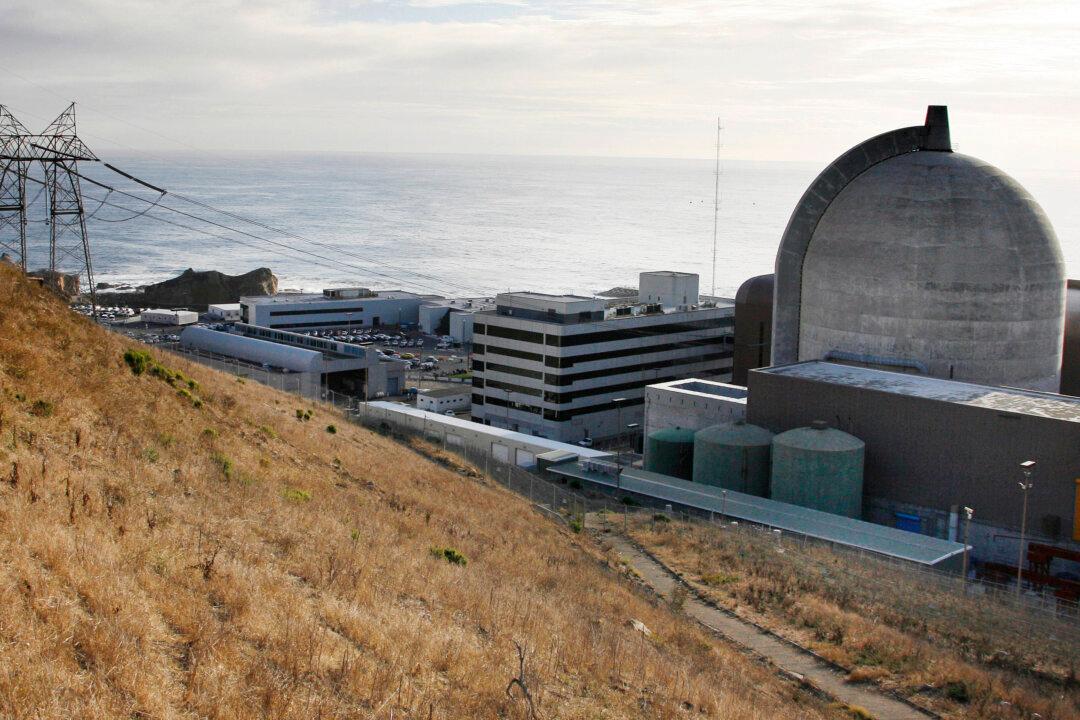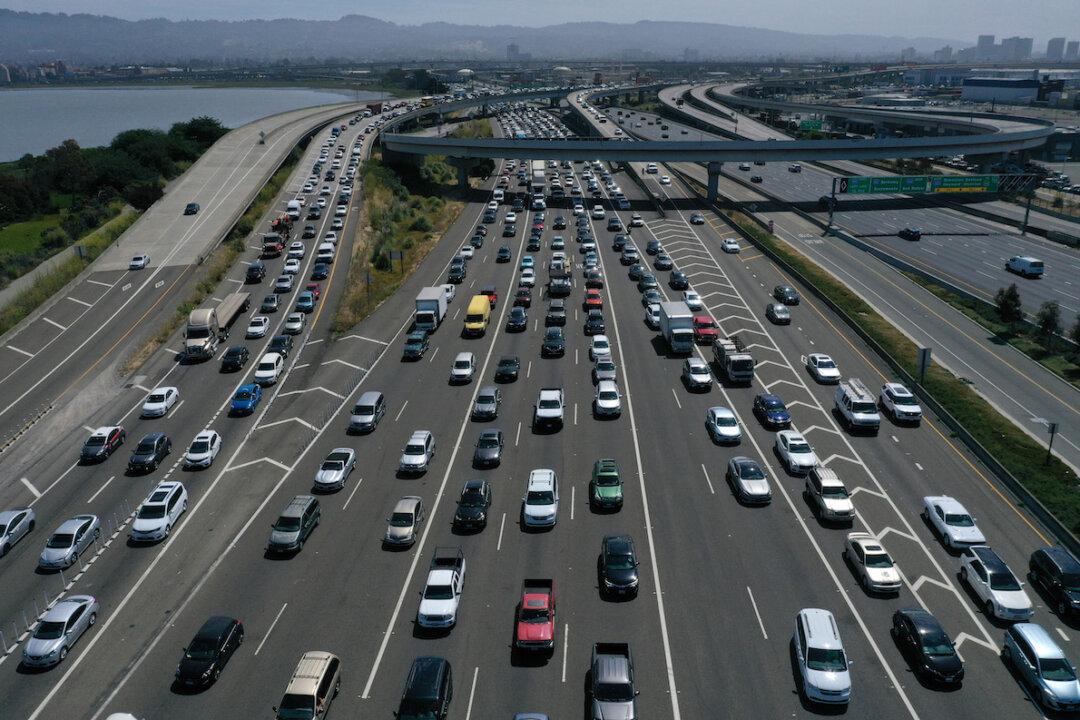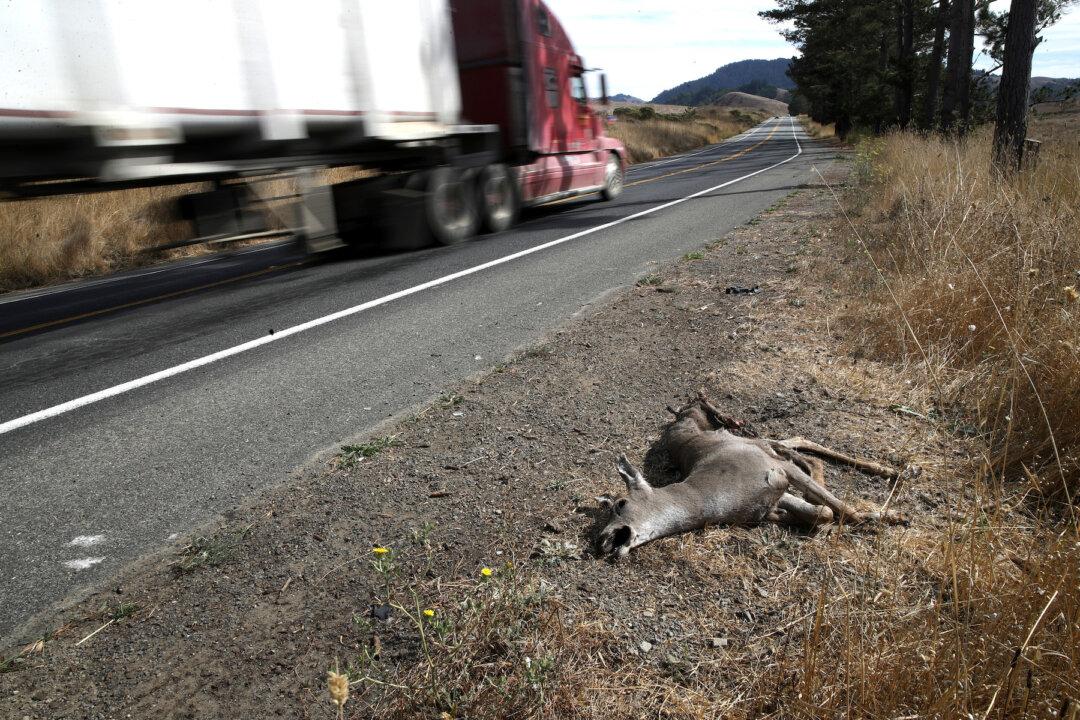A proposed amendment to California’s constitution would classify nuclear power as renewable and keep the Diablo Canyon Power Plant open long after its official closure date of 2026, with supporters saying it would reduce the state’s carbon footprint.
In August, Assemblyman Jordan Cunningham, (R-Templeton), proposed a state constitutional amendment to designate nuclear power as a source of renewable energy. The objective, according to a statement from Cunningham’s office, is to prolong the life of Diablo Canyon to help the state fulfill its climate goals and “provide ratepayers with a cheap and constant source of energy for decades to come.”




